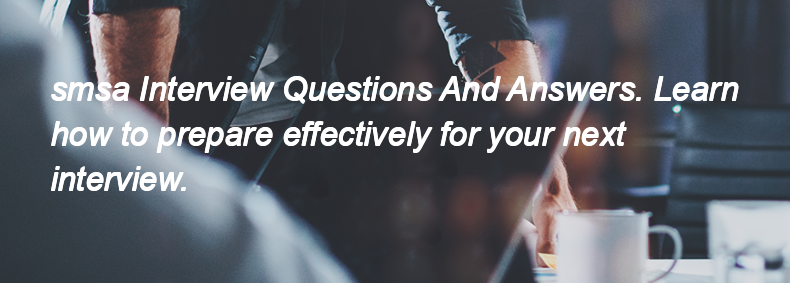
Online marketing, also known as digital marketing, refers to the practice of promoting products or services using the internet and digital channels. This includes strategies like search engine optimization (SEO), social media marketing, email marketing, content marketing, and online advertising to reach and engage with potential customers.
Some of the most useful online marketing tools include Google Analytics, SEMrush, Hootsuite, Mailchimp, Ahrefs, Buffer, and HubSpot.
SEO, or Search Engine Optimization, is the practice of improving a website's visibility on search engines like Google, so that it ranks higher in search results and attracts more organic traffic.
To identify and understand your target audience when creating ad strategies, you can:
1. Conduct market research to gather demographic data (age, gender, location).
2. Analyze customer behavior and preferences through surveys and feedback.
3. Use social media analytics to understand audience engagement.
4. Create buyer personas to represent different segments of your audience.
5. Monitor competitors to see who they are targeting and how.
6. Utilize tools like Google Analytics to track website visitor data.
I use tools like Google Ads for digital media buying, Nielsen for audience insights, and MediaOcean for planning and managing campaigns. These tools help optimize ad placements, track performance, and analyze audience data effectively.
To ensure brand consistency across all advertising channels, I follow these steps:
1. Develop a clear brand guideline that includes logo usage, color palette, typography, and tone of voice.
2. Train all team members and partners on these guidelines.
3. Regularly review and audit all advertising materials to ensure they align with the brand standards.
4. Use centralized tools for asset management to maintain uniformity.
5. Monitor and adjust campaigns based on feedback and performance to stay aligned with brand messaging.
Key advertising trends shaping the future include increased personalization through data analytics, the rise of video content, the growth of influencer marketing, a focus on sustainability and social responsibility, the use of artificial intelligence for targeting and automation, and the expansion of voice and visual search advertising.
The most effective advertising channels vary by product or service type. For consumer goods, social media and influencer marketing are effective. For B2B services, LinkedIn and email marketing work well. For local businesses, Google My Business and local SEO are important. For luxury products, high-end magazines and exclusive events are effective.
PIVC stands for "Personal Interactive Voice Communication." It refers to a system or method that allows for personalized and interactive communication through voice technology, often used in customer service and marketing strategies.
We can evaluate the effectiveness of marketing initiatives by analyzing key performance indicators (KPIs) such as return on investment (ROI), customer acquisition cost (CAC), conversion rates, brand awareness metrics, customer engagement levels, and sales growth. Additionally, conducting surveys and gathering customer feedback can provide insights into the impact of marketing efforts.
The most rewarding advice I received was to always listen to healthcare professionals and understand their needs, as building strong relationships is key to success in the role of a medical representative.
Yes, I am a team player. I believe collaboration and communication are key to achieving our goals effectively.
SEOs use tools like Hitwise to analyze competitors’ website traffic, popular keywords, audience demographics, and referral sources. This data helps them identify market trends, discover content gaps, and refine keyword strategies. By understanding where competitors get their traffic and how users behave, SEOs can tailor their own campaigns to attract similar or untapped audiences, improving rankings and conversions.
Meta tags are snippets of text in the HTML code of a webpage that provide information about the page's content to search engines and browsers. They are not visible to users but help with SEO by influencing how search engines index and display the page in search results. Common types include the title tag, description tag, and keywords tag.
Google AdSense is an advertising program by Google that allows website owners to earn money by displaying ads on their sites. These ads are relevant to the content of the site and can be in the form of text, images, or videos.
A sitemap is a file that lists all the pages of a website to help search engines understand its structure and find all its content.
Yes, SEOmoz (now Moz) could definitely adapt that meme concept. The idea from 456BereaSt humorously broke down levels of web knowledge, and SEOmoz had the audience and expertise to turn it into a valuable and relatable “levels of SEO knowledge” guide. This kind of layered content—ranging from beginner to expert—helps simplify complex topics and makes learning SEO more engaging and structured.
Want a sample version of what those SEO levels might look like?
